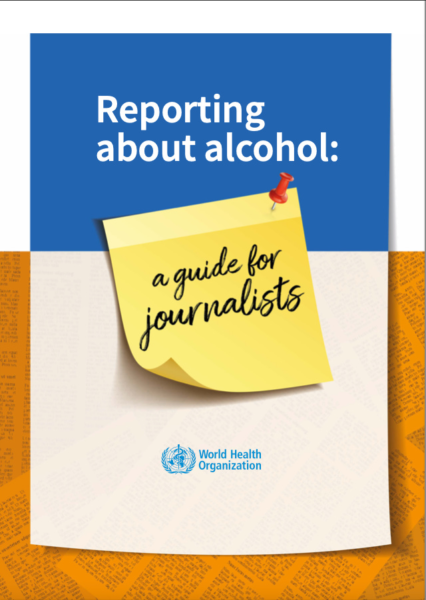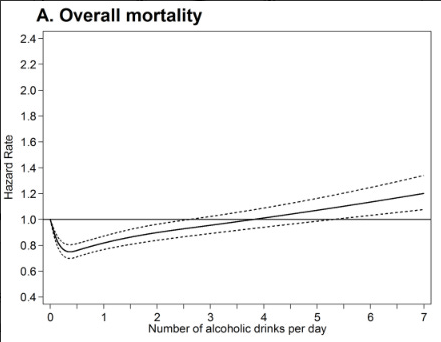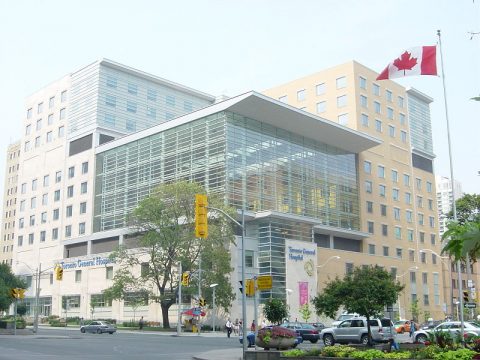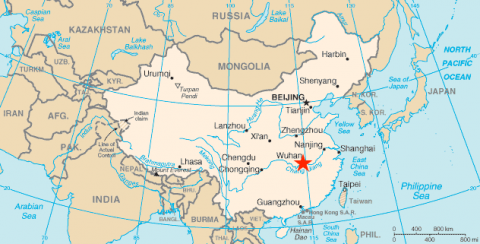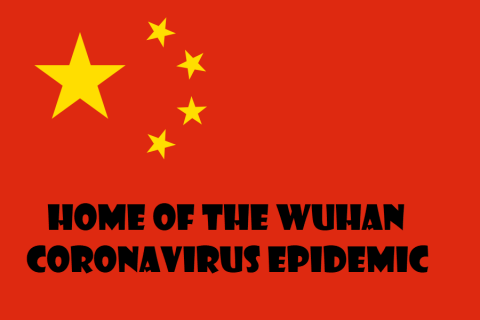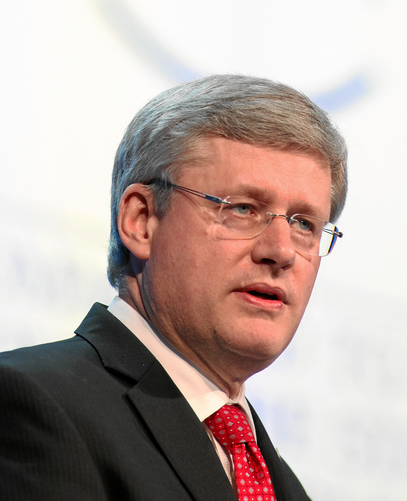David Craig kindly relays the official word from the World Health Organization to us benighted peons who haven’t yet learned about recent scientific discoveries about sex and gender:
For readers confused about the difference between gender and sex, I have wonderful news. The admired and respected World Health Organization (WHO) has helpfully come up with an explanation. There may be some cynics who feel the extract below is nonsensical, woke gobbledygook, but I subscribe to the officially imposed mantra that there are close to a hundred genders. Otherwise I would probably be banned and cancelled and deplatformed and debanked etc etc.
But cynics should be careful what to say, write or tweet as anyone who contradicts what the WHO decrees would be guilty of spreading medical disinformation thus risking social media excommunication. Moreover, when the British government inevitably signs up to the legally binding new WHO treaty in May 2024, about which TCW has warned on several occasions, for example here, anyone disagreeing with WHO edicts might be committing a criminal offence.
Anyway, here is the WHO’s explanation of the difference between gender and sex.
Gender refers to the characteristics of women, men, girls and boys that are socially constructed. This includes norms, behaviours and roles associated with being a woman, man, girl or boy, as well as relationships with each other. As a social construct, gender varies from society to society and can change over time.
Gender is hierarchical and produces inequalities that intersect with other social and economic inequalities. Gender-based discrimination intersects with other factors of discrimination, such as ethnicity, socioeconomic status, disability, age, geographic location, gender identity and sexual orientation, among others. This is referred to as intersectionality.
Gender interacts with but is different from sex, which refers to the different biological and physiological characteristics of females, males and intersex persons, such as chromosomes, hormones and reproductive organs. Gender and sex are related to but different from gender identity. Gender identity refers to a person’s deeply felt, internal and individual experience of gender, which may or may not correspond to the person’s physiology or designated sex at birth. […]


